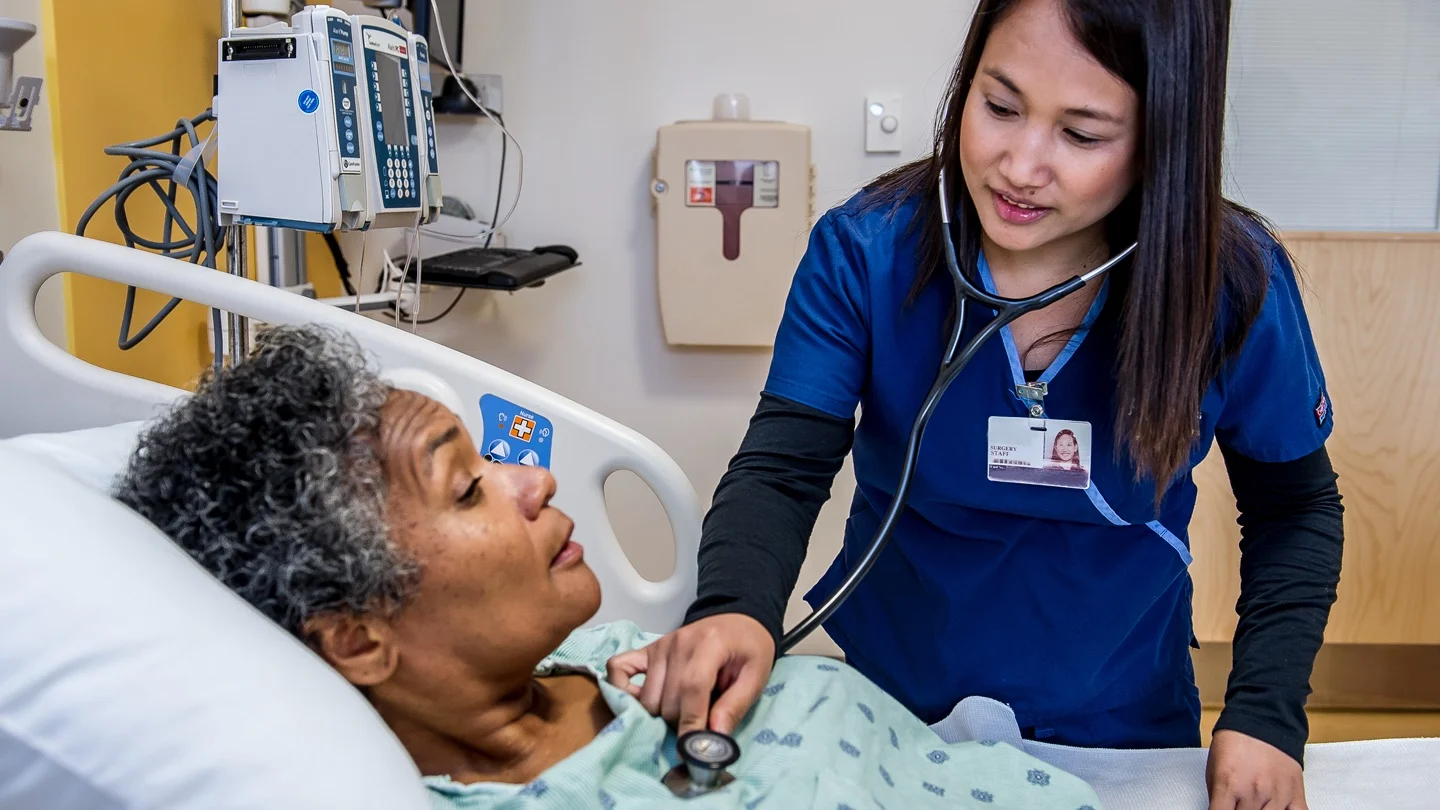Today our topic of discussion is Guidelines for Data Collection.
Guidelines for Data Collection

The initial history: The data collected in this step usually include the historical data (past illness), current data (the current complaint) and demographic data (date of birth, address). It is helpful to address the client’s chief complaint early in the interview process.
Symptom analysis: When a client expresses a problem the nurse conducts a complete analysis of a symptom. This process begins with symptoms analysis which is the collection of subjective data about the problem.
Symptoms analysis requires the client to identify the location of the symptoms, describe the symptoms, severity of the pain, and timing of the symptoms (Including onset, duration and frequency).

Aggravating and relieving symptoms and any associated symptoms. It is crucial that the nurse be able to perform a complete symptoms analysis. The data obtained can guide the nurse in detecting what the problem is and what degree of priority is should be given.
Approaches to history taking. There are various approaches that can be used to provide a systematic guide to assessment Gordon has devised functional health patterns and the North American Nursing Diagnosis Association (NANDA) has devised human response patterns based on patterns of unitary persons.

Physical examination: Physical examination of the client is the second portion of assessment. Examination allows the nurse to gain objective data through the use of inspection percussion, palpation and auscultation.
These data further define the client’s response to the disorder, provide a baseline of data for further comparison, and elaborate on the subjective data provided in the client’s history.
Read more:
